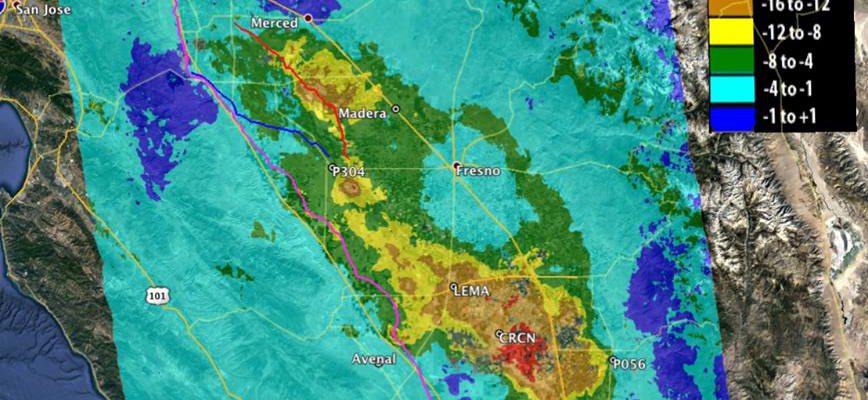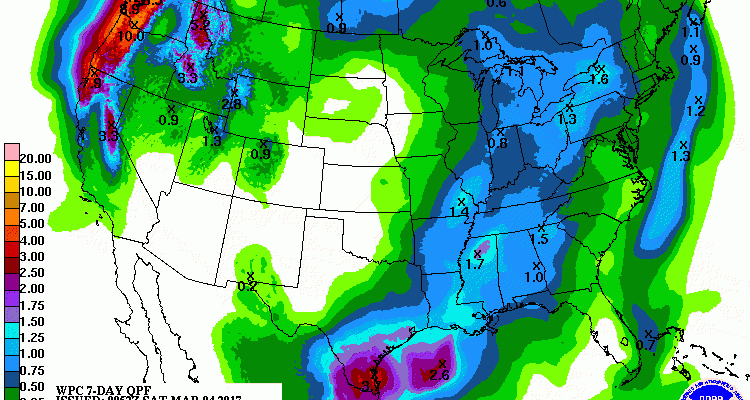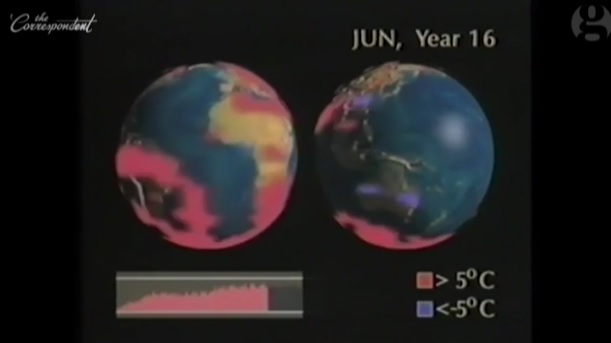-

From NASA’s web page: “Since the 1920s, excessive pumping of groundwater in California’s San Joaquin Valley has caused land in sections of the valley to sink by as much as 28 feet (8.5 meters), a problem exacerbated during droughts, when farmers rely heavily on groundwater to sustain one of the most productive agricultural regions in…
-

The Washington Post posted a story yesterday linking recent variations in climate to shortages in leafy greens. According to the article, “the shortage, first reported by NPR, is the result of two separate phenomena in Arizona’s Yuma County and California’s Salinas Valley, the two places where the United States grows most of its leafy greens. In…
-

I generally try not to talk much about politics on this blog, but this story has big implications for anyone who uses weather forecasts in their daily planning, which includes most agricultural producers. Here’s the notice from the Washington Post: “The Trump administration is seeking to slash the budget of one of the government’s premier…
-

The latest 7 day QPF map shows that some rain is expected mid-week in the western part of the Southeast, but the first few days and the last two should be mainly dry across the region. You can access the shorter time periods at https://www.wpc.ncep.noaa.gov/qpf/day1-7.shtml. The wettest areas include Alabama and northern and western parts…
Posted in: Climate outlooks -

AgWeb published a story from Bloomberg News yesterday on the potential impacts of a hard freeze on the fruit industry this year after warm temperatures are bringing flowers to fruit trees as much as a month early this year. You can read the story here. While the flowering trees might be able to withstand short…
-

Some of you may have heard of the Shell Oil video on climate change that was produced in 1991, showing the dangers of continuing use of fossil fuels. You can view a copy of it here. Note that this version has been annotated by The Guardian to highlight what has changed in the years since…
-

The State Climate Office of North Carolina noted this week that “the map on the front page of the NC Drought Management Advisory Council (DMAC) website, which serves as the official drought designation for North Carolina, is different than the weekly US Drought Monitor (USDM) map.” This happens from time to time when the assessment…